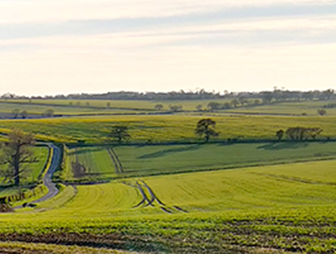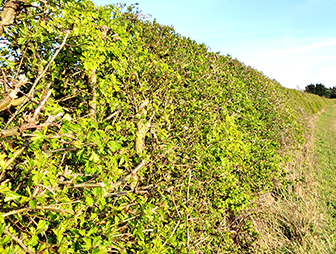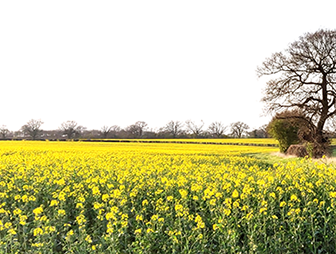by David Dymond
I happily commend this publication to all those interested in local history. It deserves to be read in Suffolk and further afield, because it breaks new ground and offers an exciting new dimension to the subject. In essence, it throws light on the history of a major English county by summarising the historical character of its individual parishes.
A total of 502 parishes has been surveyed, using a standardised form and libraries. All the salient characteristics of local life are touched on, including the population trends, the social make-up of the community, the blend of the local economy and social and religious institutions.
Nobody should be under the illusion that this survey is complete. A limited range of sources has been employed, all printed. Others could certainly have been brought into the reckoning, had time and money allowed. Furthermore, manuscript sources have not been used at all. In spite of these limitations, and thanks to Wendy Goult, the parochial history of Suffolk now has a much more secure foundation.
What are the advantages of this approach? First, it reveals the range of interest to be found in even one, small parish, and in broad terms it outlines the historical personality of each community. Very few of us attempt to study the history of local communities ‘totally’, but even when we are investigating one limited aspect of local life we always need to see it against other related factors. For example, a study of poverty must necessarily involve questions about levels of population and the local economy. Secondly and more importantly, this work raises our sights and enables us to compare our chosen village or town with its neighbours. Much local history is still spoilt by being shapeless and inward-looking, by myopically regarding the parish boundary as a sort of Berlin Wall beyond which an alien world has no interest or relevance.
In fact, by adopting a deliberately comparative approach, we give shape to the past and measure the significance of what we find. We can tell what is normal or typical and what, conversely, is unusual or unique. We can also judge whether a parish was large or small, populous or thinly inhabited, rich or poor, agricultural or industrialised, open or closed, orthodox or tending to radicalism and whether its character and status have changed over the centuries. Such comparisons reveal the amazing variety of communities, ranging from tiny hamlets to true towns. At no historical period must villages and towns be seen as independent and totally self-supporting. They have all sorts of connections and interdependencies based on bonds of friendship and kinship, on trading connections and administrative links, on shared religious beliefs and many other factors. Above all, comparative history of this kind makes us think about the connections between local, regional and national life, an issue which is of increasing importance as Local History takes its place as a major component of historical studies.
I have no doubt that this survey will stimulate a great deal of new research. Indeed, it is intended to do so. We sincerely hope that local historians all over Suffolk will use the forms as a springboard, discover new sources, raise new questions, and thereby create new knowledge. A master copy of the Survey will be kept at the Suffolk Archaeological Unit so that new information can deposited and the forms updated as necessary. Local history is a cumulative study, in the sense that our knowledge is never final but is always being expanded, modified and improved.


